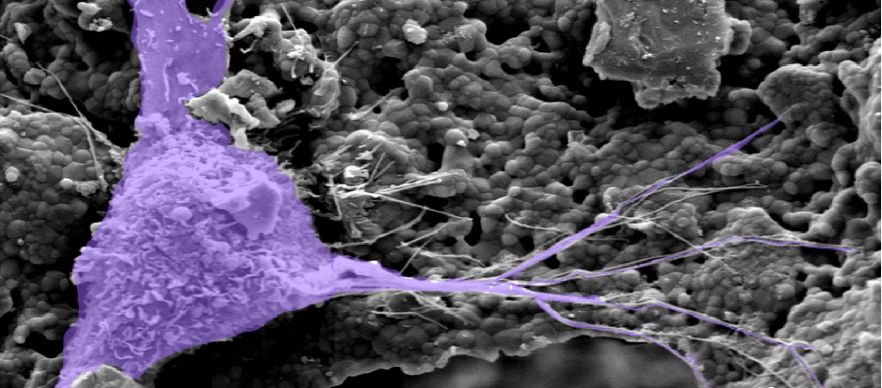Centre for Bioengineering
Application of science and engineering to understand biology and to advance health care
Visit the Centre for Bioengineering website »
Queen Mary has a long track record of outstanding bioengineering and biomaterials research dating back to the EPSRC funded Interdisciplinary Research Centre in Biomedical Materials. We are dedicated to Engineering Better Medicine for a brighter and healthier future. At the heart of our mission lies the unyielding commitment to advancing the boundaries of science and engineering by delivering cutting-edge biomedical engineering solutions. We foster collaboration among world-class researchers and external partners.


